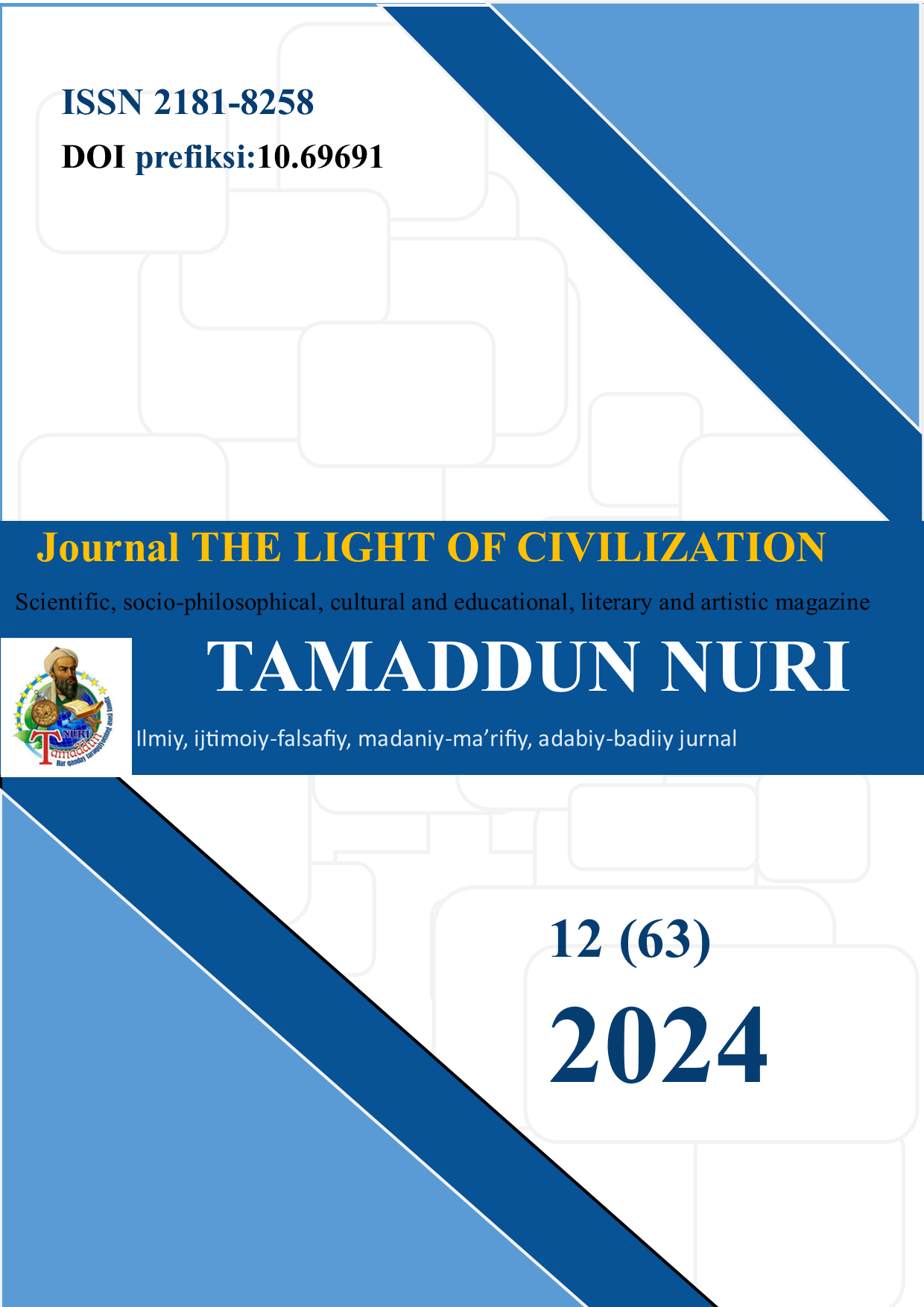COMPARATIVE STUDY OF SLA: EFFECTS OF EARLY EXPOSURE, EDUCATION, AND PSYCHOLOGY ON SIXTH-GRADERS
DOI:
https://doi.org/10.69691/vsaegt57Keywords:
Second Language Acquisition (SLA), Krashen’s Input Hypothesis, Affective Filter Hypothesis, Vygotsky’s Sociocultural Theory, Differentiated Instruction.Abstract
This study compares the SLA experiences of two sixth-grade pupils with differing linguistic abilities, highlighting the impact of early exposure, teaching methods, and emotional factors. Using Krashen’s and Vygotsky’s theories, it underscores the importance of tailored strategies, and emotional support in fostering effective language acquisition and learner confidence.
References
Bailey F., Fahad, A. Krashen revisited: Case study of the role of input, motivation and identity in Second language learning. Arab World English Journal (AWEJ), 12(2), 2021. – pp. 540-550.
Dörnyei Z. Motivational strategies in the language classroom. Cambridge University Press. 2001.
Ellis R. Understanding second language acquisition (2nd ed.). Oxford University Press. 2015.
Escamilla K., Grassi, E. A brief description of second language acquisition. Second acquisition, 1(6), 2000. – P. 1-21.
Gass S., Selinker, L. Second language acquisition: An introductory course (4th ed.). Routledge. 2013.
Krashen S. Principles and practice in second language acquisition. Pergamon Press. 1982.
Krashen S. The Input Hypothesis: Issues and Implications. Longman Group UK Ltd. 1985.
Krashen S. Applications of Psychiolinguistic Research to the Classroom. Methodology in TESOL: A book of readings, 1987. – Pp. 33-44.
Krashen S. Comprehensible output? In Taghizadeh, Z. (2023). Critical Evaluation of Krashen’s Theory of Second Language Teaching and Learning and its Representation in the Iranian Context. Journal of Pharmaceutical Negative Results, 14(3), 1988. – Pp. 2758-2763.
Downloads
Published
Issue
Section
License
Copyright (c) 2024 Journal of Tamaddun Nuri

This work is licensed under a Creative Commons Attribution-NoDerivatives 4.0 International License.



